Like theEaster Island, the Bermuda triangle or Gizeh pyramidsMachu Picchu fascinates and questions the whole world. We offer you to visit the Machu Picchu, through its best kept secrets.
Aunt Peru , at two thousand four-cent-trente meters of altitude, the royal eagles virevoltent, the lamas gambadent and above all, the Machu Picchu reigns. This “old mountain”, in French, is the emblem of the country. As this Inca site is part of the wonders of the world, classified at UNESCO, one can even say that it is a world icon! Every year, eight hundred thousand visitors brave the altitude and steep slopes to see the Machu Picchu with their own eyes. It is difficult not to be amazed at the remains of such a civilization.
For hundreds of years, the stone walls, terraces, ramps and towers, as suspended in the void, remain standing. Visiting the Machu Picchu is also entering a breathtaking natural paradise. The sacred place stands, strong and proud, in the heart of a lush and wild mountain. All the shades of green are declining. Wildlife and flora explode where the Peruvian Andes embrace the Amazon basin. Nevertheless, do you really know this sacred mountain? Did you really pierce her mysteries? We take you to visit the Machu Picchu and discover its best-kept secrets.
In the footsteps of Machu Picchu
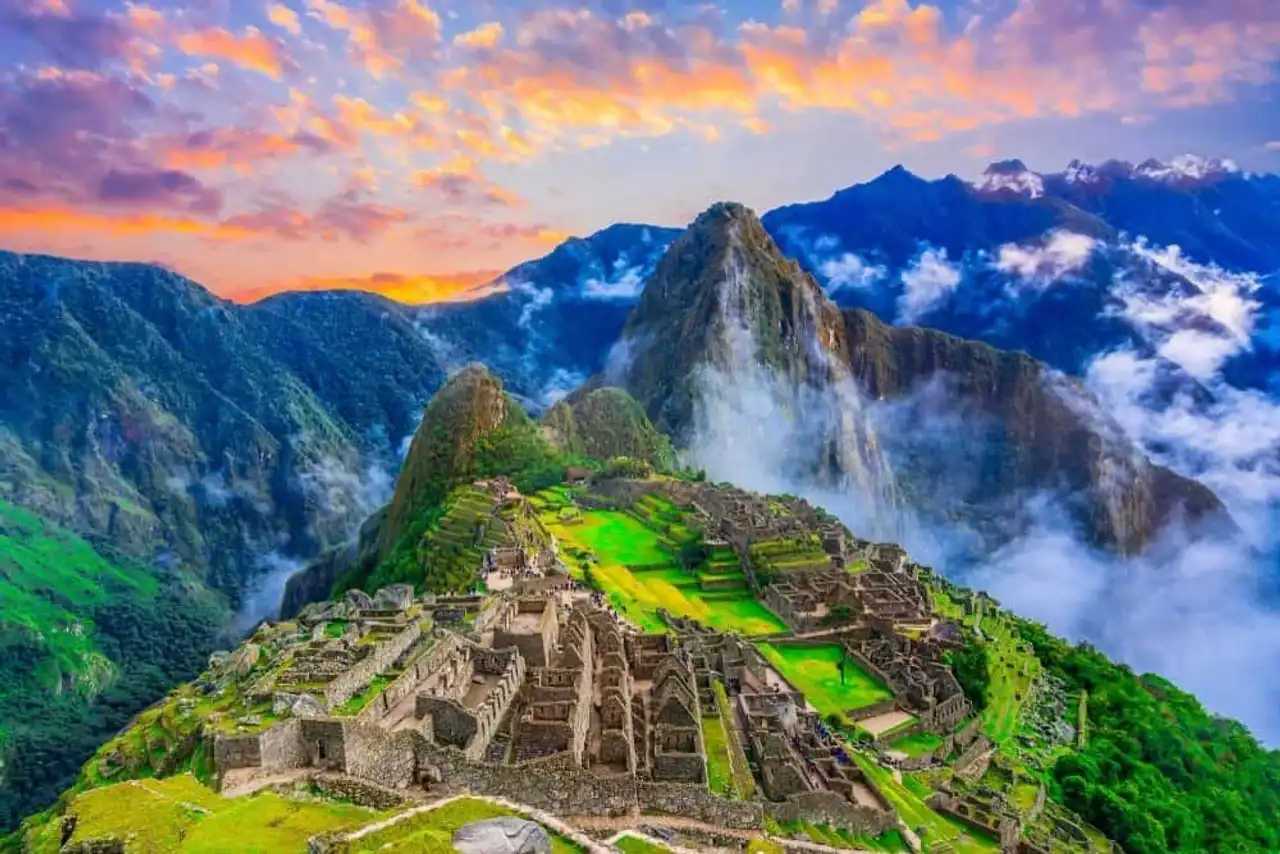
Photo credit: Shutterstock / David Ionut
If it is impossible to date the construction of the Machu Picchu, the building probably dates back to the 15th century. So prosperous and rich for Inca civilization and their Emperor, Pachacutec.
If the Incas eventually disappeared, exterminated by the Spanish conquistadors, the traces of their genius remained and continued to this day.
Architectural and artistic works, as well as irrigation systems, bear witness to an unheard, avant-garde and precise know-how. These eternal witnesses were first forgotten for more than three centuries, before reappearing in the eyes of the world in 1911.
Since then, Machu Picchu has been intriguing historians, archaeologists and anthropologists. If your project is to visit the Machu Picchu, or you have already had the chance to crowd this exceptional site, you will discover that this fascinating mountain contains many secrets...
Two parts make up this ancient Inca city. First, an agricultural area, lined with terraces in stairs and cut on the mountainside. Then, an urban area, scintillated in several quarters and steeped in spectacular monuments such as the citadel, the religious or astronomical centre and the imperial residence. The Machu Picchu is built in perfect harmony with the steep nature around it. Adapting to such an environment demonstrates a phenomenal physical and intellectual effort by the Incas. The monuments are piled up and perfect the beauty of the panorama.
But what was exactly the purpose of a city built at this altitude? Why do the various vestiges found testify to such a masonry feat? Have we explored everything from the Inca maze?
The secrets of Machu Picchu
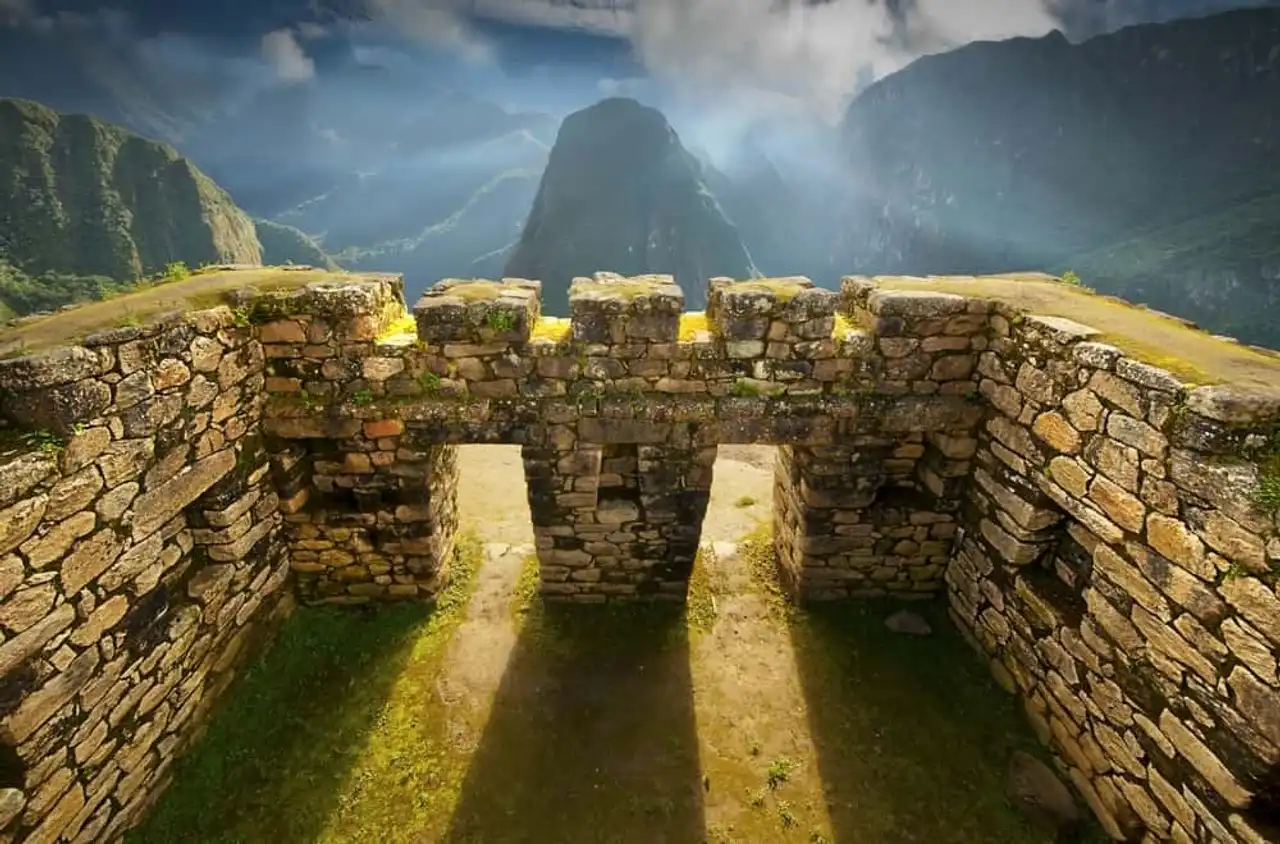
Photo credit: Shutterstock / Jerome Stubbs
The Old Mountain, a discovery before 1911
Who is actually the first to have visited the Machu Picchu? In 1874, Augusto R.Berns prospected around the site, looking for mines. The German explorer then fell by chance on the Machu Picchu. As of this year, some maps mention the existence of this exceptional and still buried lost city.
In 1911, the official date of his discovery, they were Indians who drove Hiran Bingham to the site. This man is, officially, the man who discovered the Machu Picchu. But how long has the Indian people lived there? Ignorant while under bamboo, climbing plants and foam carpets, an entire city slept peacefully...
The Machu Picchu, Shrine of the Virgins of the Sun and Lost City?
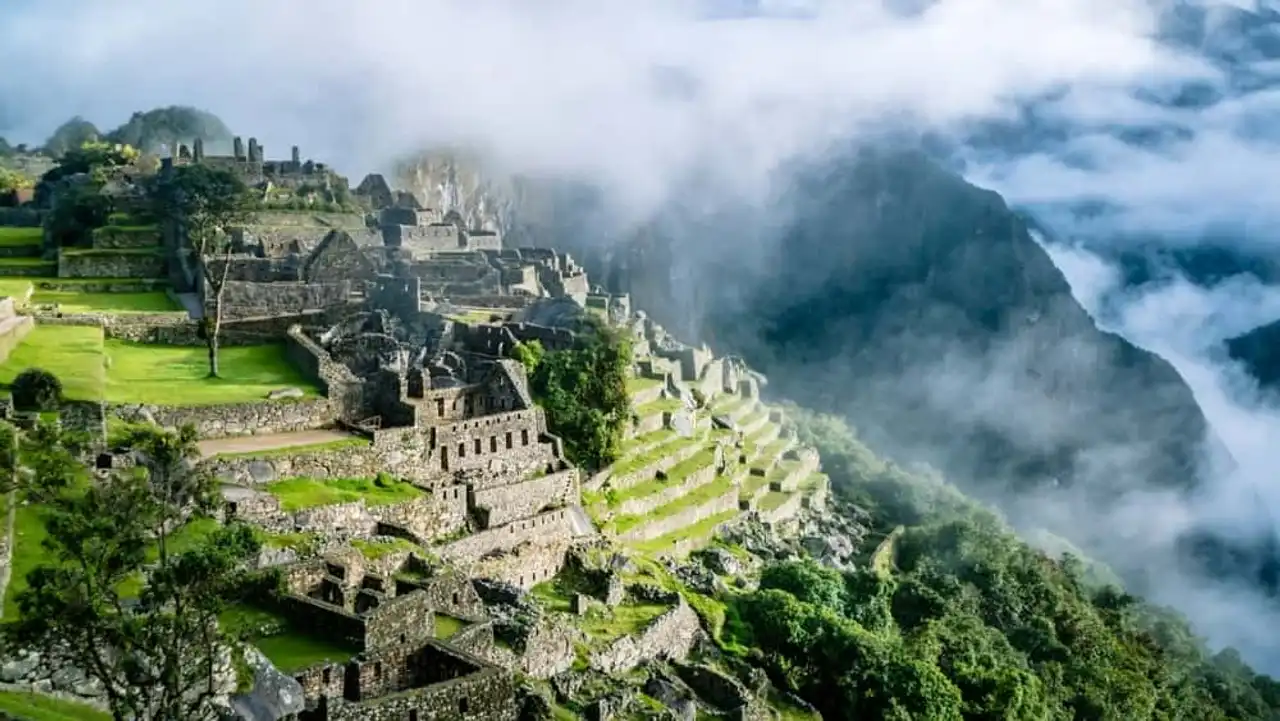
Photo credit: Shutterstock / Craig Hastings
During the first excavations at Machu Picchu, most of the skeletons were female. At least that’s what Bingham thought. Based on this assumption, he concludes that the site sheltered the ruins of the house of the Virgins of the Sun. A true sanctuary where the most beautiful women were confined and destined to serve the God of the Sun.
Bingham also thought the Machu Picchu was the legendary Vilcabamba, a lost city and the last of the Inca people. A dementia theory a few years later.
The Emperor Inca did not reside at Machu Picchu
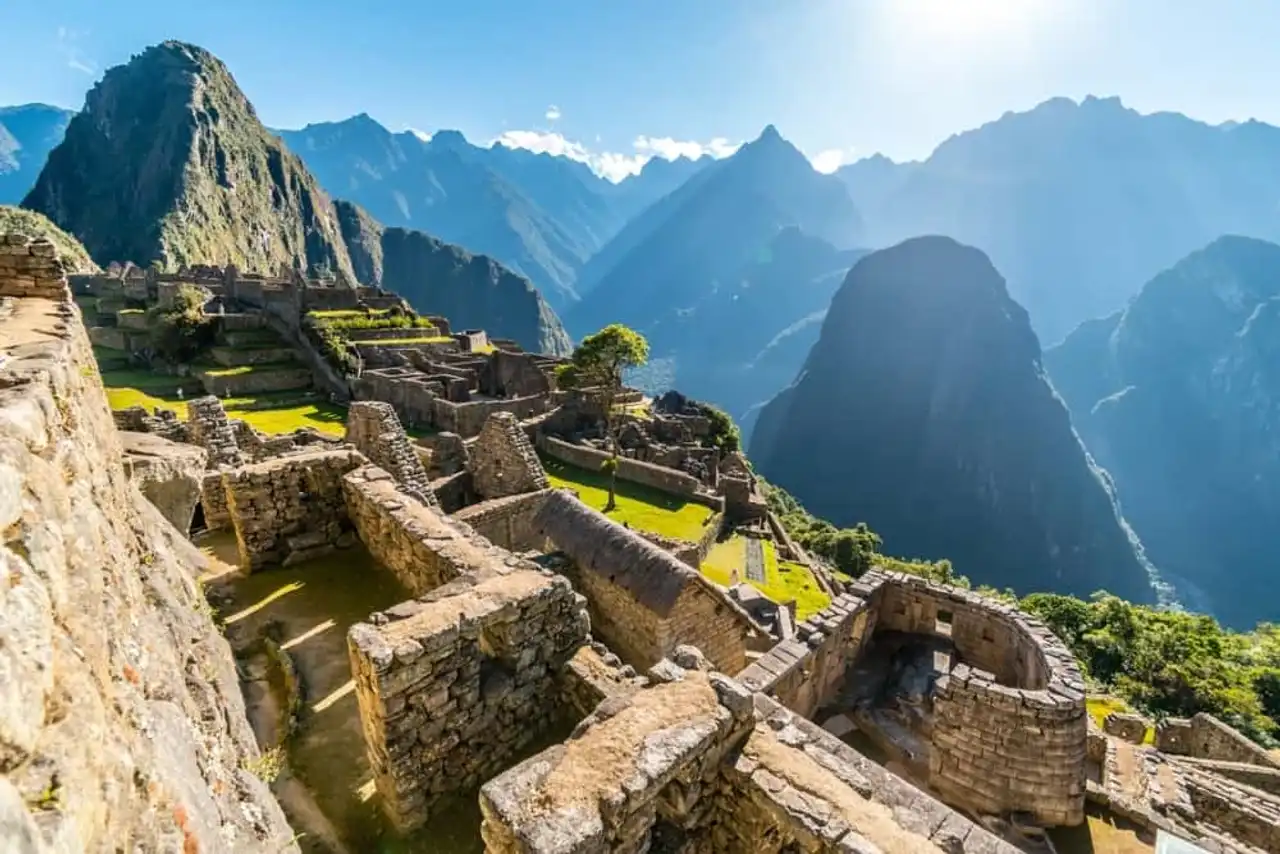
Photo credit: Shutterstock / Jan Nedbal
Visiting the Machu Picchu allows to walk on the footsteps of the Emperor Inca Pachacutec. However, do you know that Machu Picchu seems to be the place of his royal retreats?
His staff stayed at the year on site and lived at the right of the site, near the terraces. He was always ready for the arrival of Pachacutec. Some members of the elite also resided continuously on the left of the city on the heights.
The Machu Picchu, a location serving the gods

Photo credit: Shutterstock / flocu
The Incas worshiped the Emperor as much as the mountains, the water and the sun. The geolocation of Machu Picchu allows to honor all these deities.
If you want to visit the Machu Picchu, you will find yourself in the heart of mountains, high and close to the sun. Moreover, the main entrance of the site is facing the largest of them.
It is to honor the water that there are many vestiges of irrigation. In addition, the Amazon River flows down the city. No, it's not a coincidence.
Have you also noticed that the many buildings in Machu Picchu are aligned with the sun? The sacred stone, truncating at the top of the Inca site, is still bathed in sunlight during the Equinox.
A prodigious station for the astronomers Incas, in the test of the earthquakes
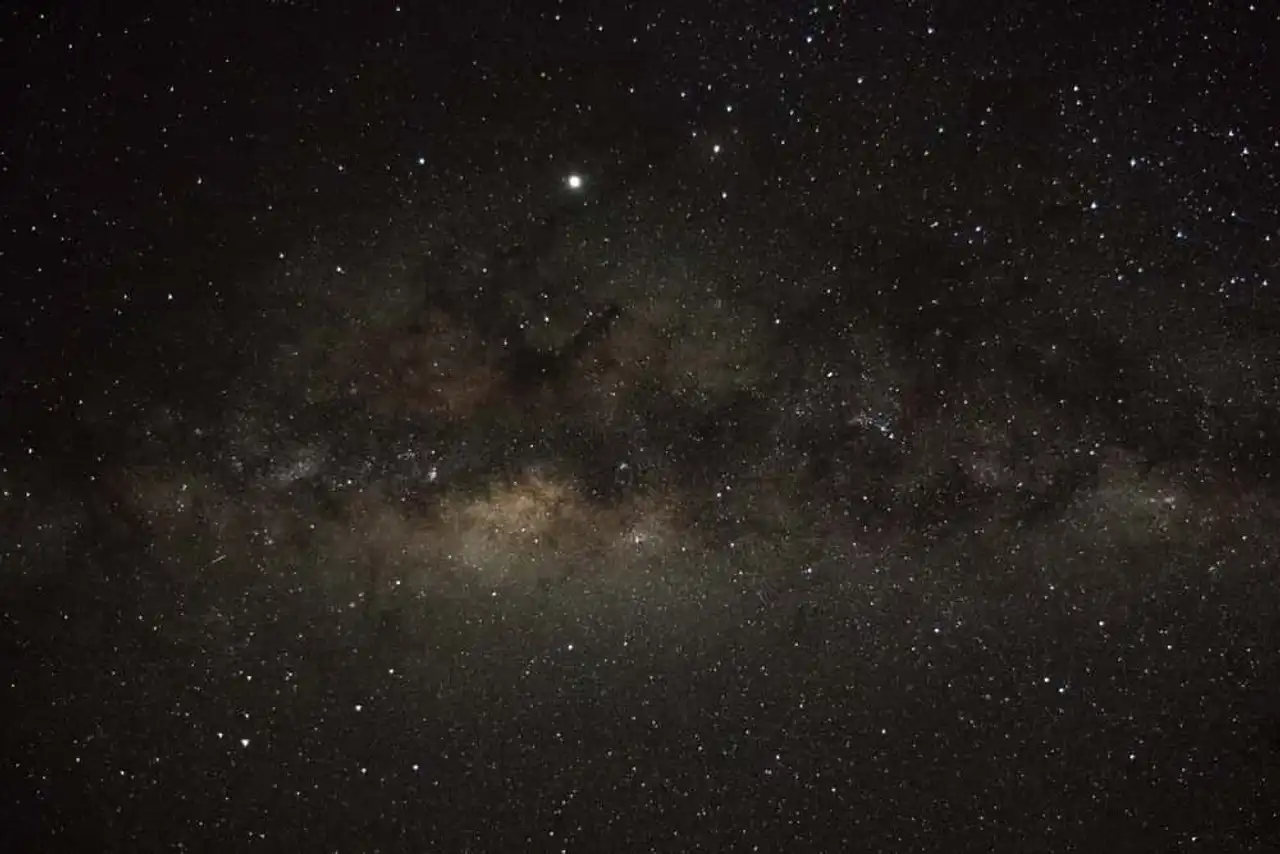
Photo credit: Shutterstock / Jens Goos
The stone erected at the top of the Machu Picchu probably allowed astronomers Incas to calculate the date of the summer solstice. A great time for religious holidays.
The sun temple, a solar observatory, has an incredible quality architecture. It is evidence of dauntingly efficient and ingenious construction methods. Without any metal tools, the Incas were able to perfectly cut the stones and assemble them in such a way that no space remains between them.
This gives monuments a complete solidity. If you dream of visiting the Machu Picchu, know that no earthquake can break your dream!
There is a secret and inaccessible door in the ruins of Machu Picchu
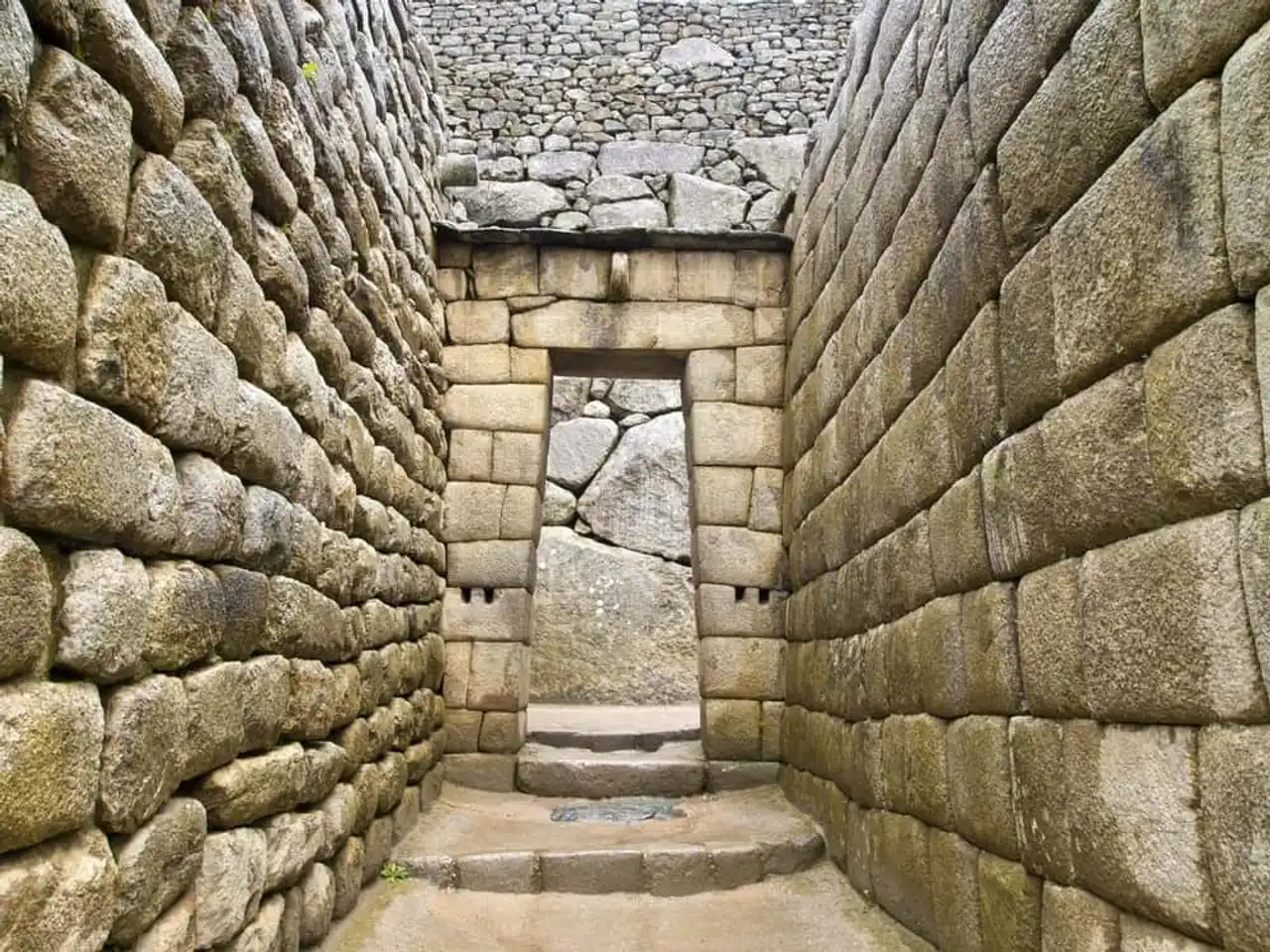
Photo credit: Shutterstock / Narongsak Nagadhana
In 2010, a hiker fell on a mysterious gate sealed in the heart of the Aisles of Inca. This is probably the entrance to a royal burial. Electromagnetic studies confirm the presence of several underground parts, filled with gold, silver and metals. But who really knows what's behind it?
A new theory on the site of Inca
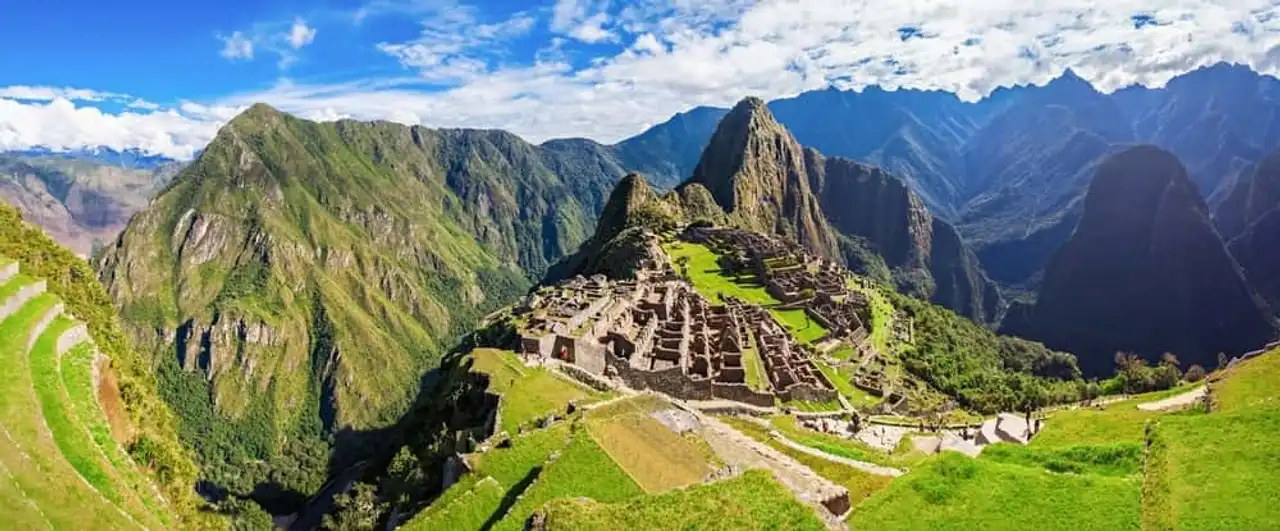
Photo credit: Shutterstock / saiko3p
The geologists present a new theory responding to "why is this location for the Machu Picchu?" Located on an important meeting point between tectonic plates, the site is naturally very abundant in stones. The Incas therefore had all the materials necessary for the construction of the sacred place. This underground life also allows draining water. The Incas knew that it would protect the city from flooding.
In short, the Machu Picchu still contains many secrets...
Go to Machu Picchu
How?
To visit the Machu Picchu, access varies according to your budget and your physical condition. In any case, go down the mountain in the village of Aguas Calientes.
By train
From Cusco, for example, count four hours and eighty euros. This is the most expensive and tourist option, but also the most comfortable. The previous Aguas Calientes railway station is Ollantaytambo. You can go by bus, or collectivo, then climb the train.
By bus
No road leads to Aguas Calientes. If you choose the bus, you will have to go down to Hidroelectrica Station, also called Santa Teresa (about eight hours from Cusco). Then walk to Aguas Calientes (two and a half hours).
A foot
Especially by the Inca Road, the most famous trek (four days). But there are other hiking trails (Jungle Trail, Salkantay or Choquequirao). The final ascent can be done by paying or walking bus, via a path as sublime as it is energized. Note that visiting the Machu Picchu cannot be done without a guide.
When?
In Peru, summer extends from December to March, and winter from May to September. However, winter marks the tourist season in Peru, as it is the only time during which the climate is dry. This is the ideal time to visit the Machu Picchu. But if a few rains and the risk of a veiled sky would not scare you, prefer the off-season.
The Inca site is open from six to seventeen hours. At the opening, you have the right to a beautiful sunrise.
At what price?
Remember to book your tickets: every day, only two thousand five-cent people are allowed to visit the Machu Picchu. Two sites (Huayna Picchu and Montana) host only four-cent people daily.
- Single ticket Machu Picchu: 59 euros, between six and twelve hours or between twelve and seventeen thirty hours.
- Ticket Machu Picchu + Huayna Picchu : 72 euros, between eight and nine hours or between nine and ten hours.
- Ticket Machu Picchu + Montana : 72 euros, between eight and nine hours or between nine and ten hours.
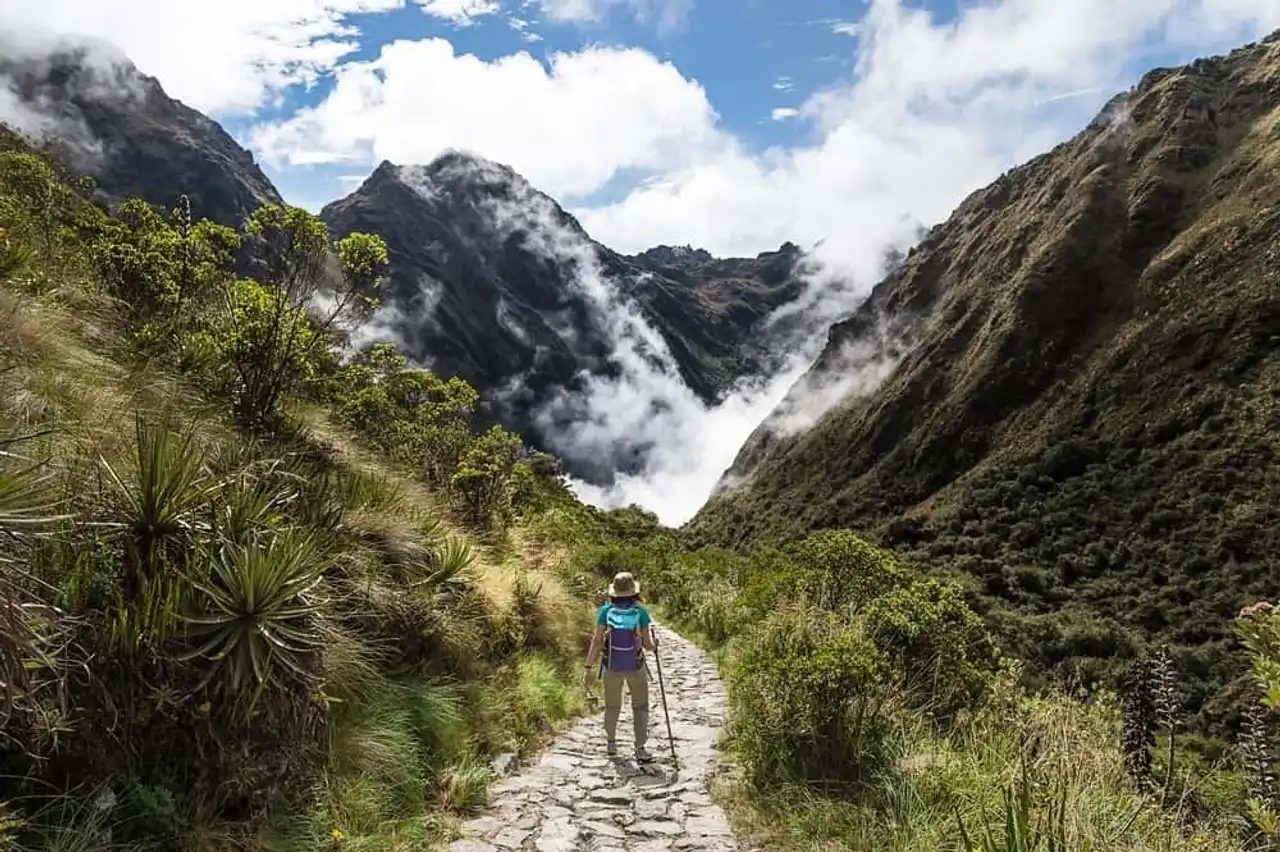
Photo credit: Shutterstock / sharptoyou
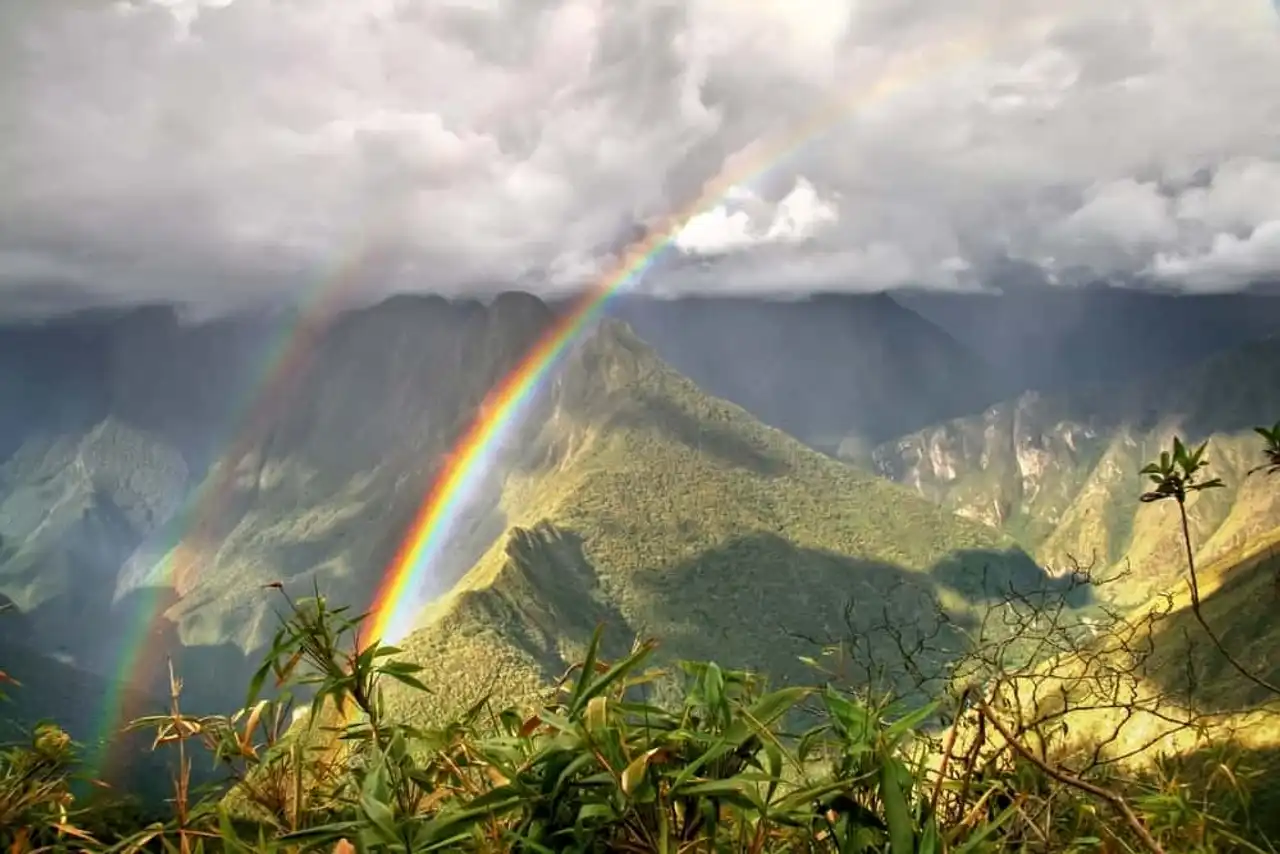
Photo credit: Shutterstock / Pola Damonte
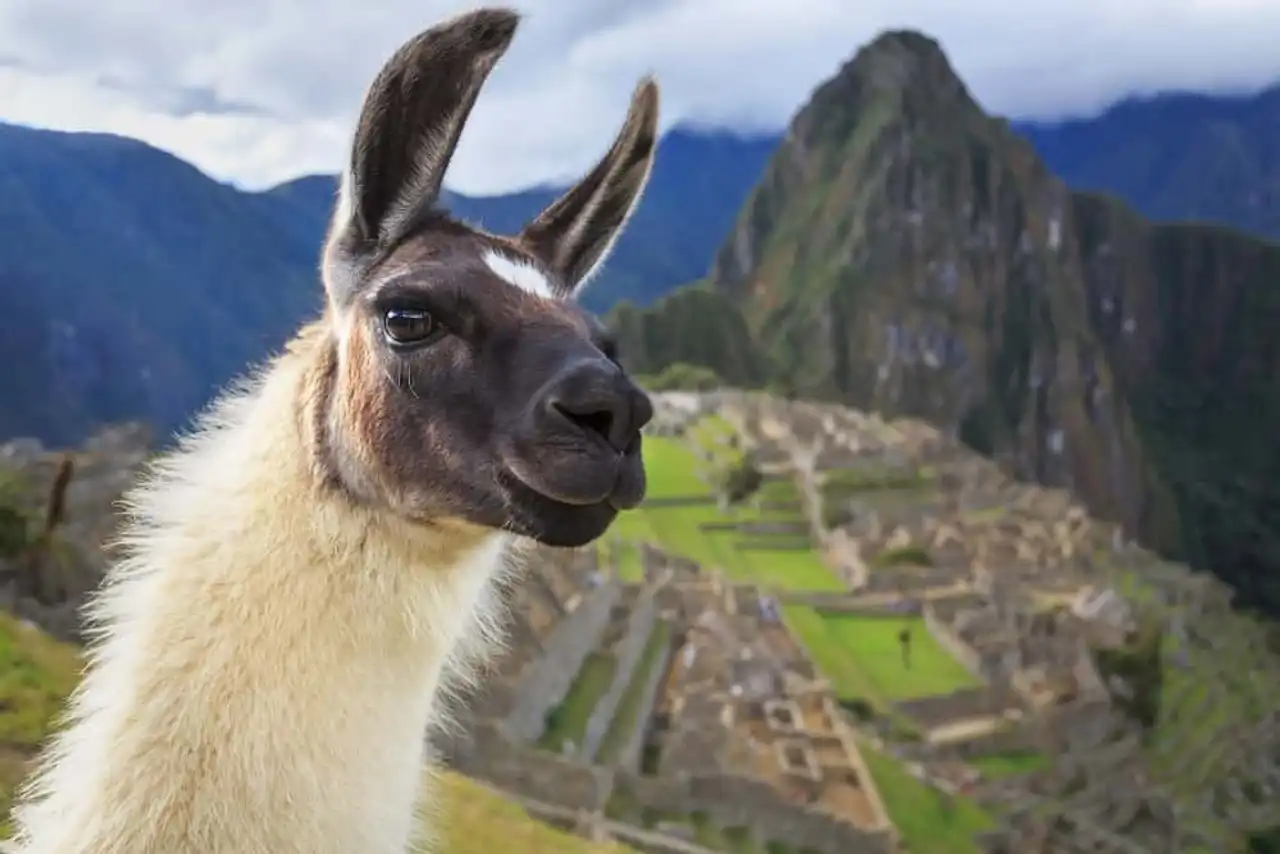
Photo credit: Shutterstock / sunsinger
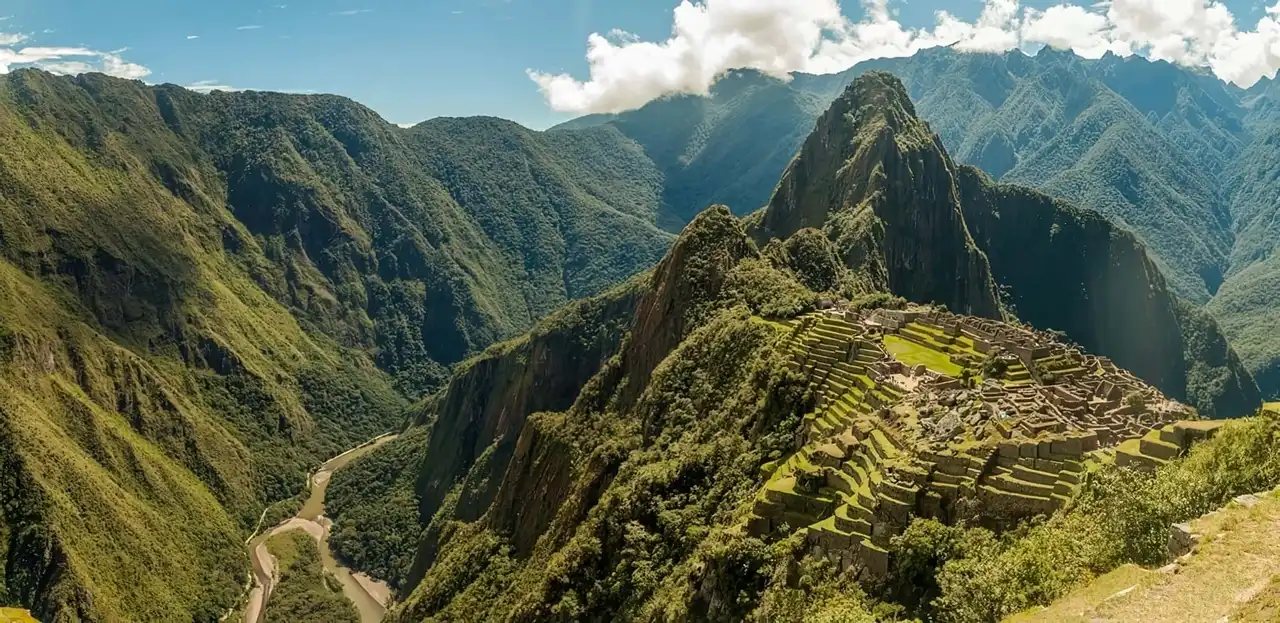
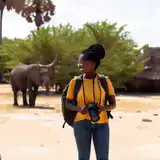



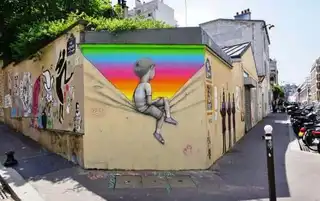

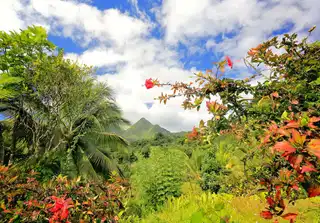
Loading comments ...